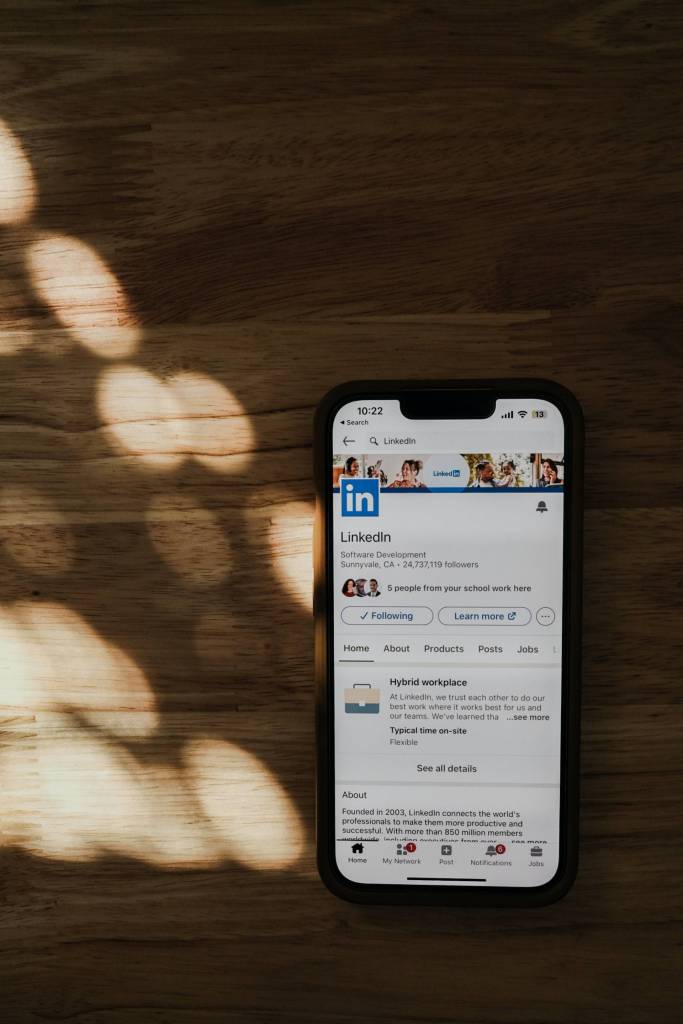The one-on-one is a productive managerial tactic — most of the time. If yours have lost their luster, there are several ways to revive them.
Productive one-on-ones are essential to managing and empowering the members of your team. But the task of getting them on the calendar regularly can seem daunting. At times, you might be tempted to cancel them when schedules get tight or they start to feel unproductive.
If your one-on-one routine is in need of a revamp, check out these five productivity strategies to get started. You’ll have a better handle on what’s going on with your team members’ work and lives. And they’ll feel more engaged and empowered to tackle the job ahead.
Here are five ways to have more productive one-on-ones:
1. Develop a one-on-one meeting structure
We all get busy. Sometimes it just feels easier to wing it when it comes to your one-on-ones. After a while, it can seem like the next meeting is starting as soon as the other ends. How do you avoid déjà vu and make your meetings a good use of your and your direct report’s time?
To have a productive one-on-one meeting you have to start with a plan. Develop a meeting agenda to provide some well-set boundaries and specific things to discuss during your time together. Add line items to cover core projects, new opportunities, and anything that may need extra attention.
For example, if your employee has been asking about training, make space to discuss professional development opportunities. Conversely, if there are performance issues to address, make it a point to course-correct before things get out of hand. With a productive one-on-one meeting agenda on your side, you’ll have a transparent plan and a shared commitment to use your time together effectively.
2. Drive strategic priorities forward
Work that’s driven without a strategy can easily turn into a mess of aimless tactics. At the end of the year, you may be left with lots of output but not much progress. Instead of shooting from the hip, prioritize discussing organizational strategic plans.
Raise the projects your employee has responsibilities for but don’t neglect to share updates on a broader scale. Doing this can give your DR exposure to the organization’s goals that they might not get otherwise. It may even identify a growth opportunity for them as they progress in their development.
3. Be clear about assignments and expectations
A one-on-one is a perfect time to discuss in greater depth the projects the employee is working on. Even if you use a project management tool like Microsoft Planner or Trello, check in on project progress in person. Be clear about your expectations and ask the team member to bring an updated project plan to review with you. Sometimes, there may not be major updates to share, but reviewing each of their projects regularly will help propel them forward.
If your discussion prompts changes to a project, identify new assignments and set deadlines for them in real-time. Make any needed updates in your project management software during the meeting and confirm requirements for the end product. By making assignments face-to-face, you allow time to discuss the scope and potential timing constraints before they become an issue.
4. Leave space in your one-on-one for productive open discussion
Since you’ll be using a time-bound one-on-one agenda, don’t forget to leave space for organic conversation. You may end up talking about upcoming weekend plans, approving a time-off request, or uncovering a new issue. Allotting time for these conversations is essential to building trust and camaraderie between you and your DR.
It can be hard for a team member to approach you and bring an issue to your attention. This is especially true if there is a workplace culture issue brewing. The employee may be concerned that it will come off as petty and so hesitate to interrupt your busy day. One-on-ones give your direct report a chance to voice their concerns freely. Encourage them to use that time to raise any issue, large or small.
5. Close your one-on-one with gratitude
Many employees cite feeling appreciated as one of the make-or-break factors in work satisfaction. So prioritize saying thank you for any job well done. Maybe a team member needs to be recognized for supporting a major project when a colleague was ill. Perhaps continued productive work on the monthly compliance report deserves a shout-out in the one-on-one.
Initially, expressing gratitude on a regular basis may feel performative or awkward. Work to overcome this feeling and make saying thank you part of your usual narrative. Employees appreciate a grateful leader and often will go above and beyond when they feel seen, heard, and appreciated.
Make your next one-on-one more productive
Now that you have five new strategies to consider, what’s next? Think about which of these approaches could be easily integrated into your current one-on-one process.
If you’ve been meeting weekly but find it to be challenging to keep your appointments, consider moving to biweekly check-ins. You can also reduce 60-minute meetings to 30-minute meetings. Sometimes, a compressed schedule forces efficiency.
You can also mix up your one-on-ones by changing meeting locations. If you’re working in person, take your chat to a coffee shop within walking distance or take the meeting outside. A change of scenery could provide a boost of creativity or candor that can make your meeting better. After all, a one-on-one should be a productive use of time, for both you and your direct report.













